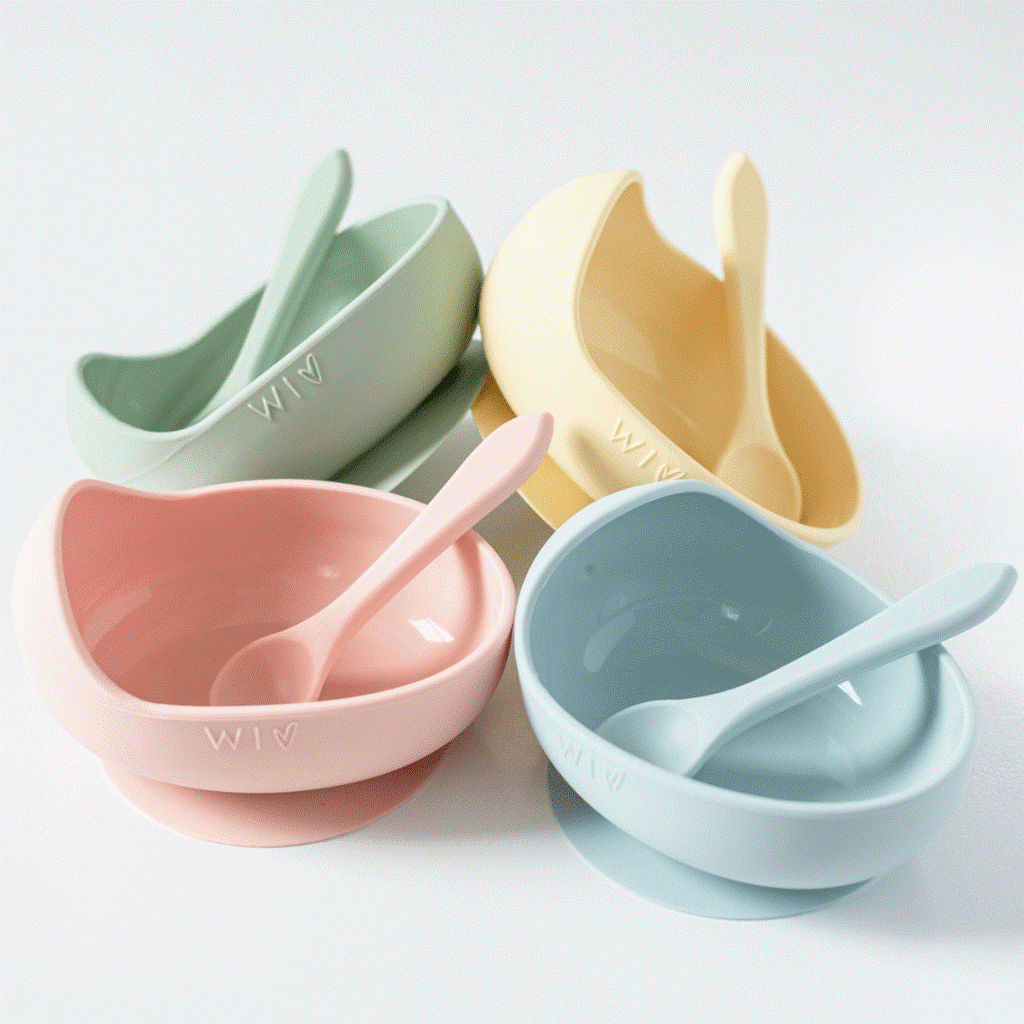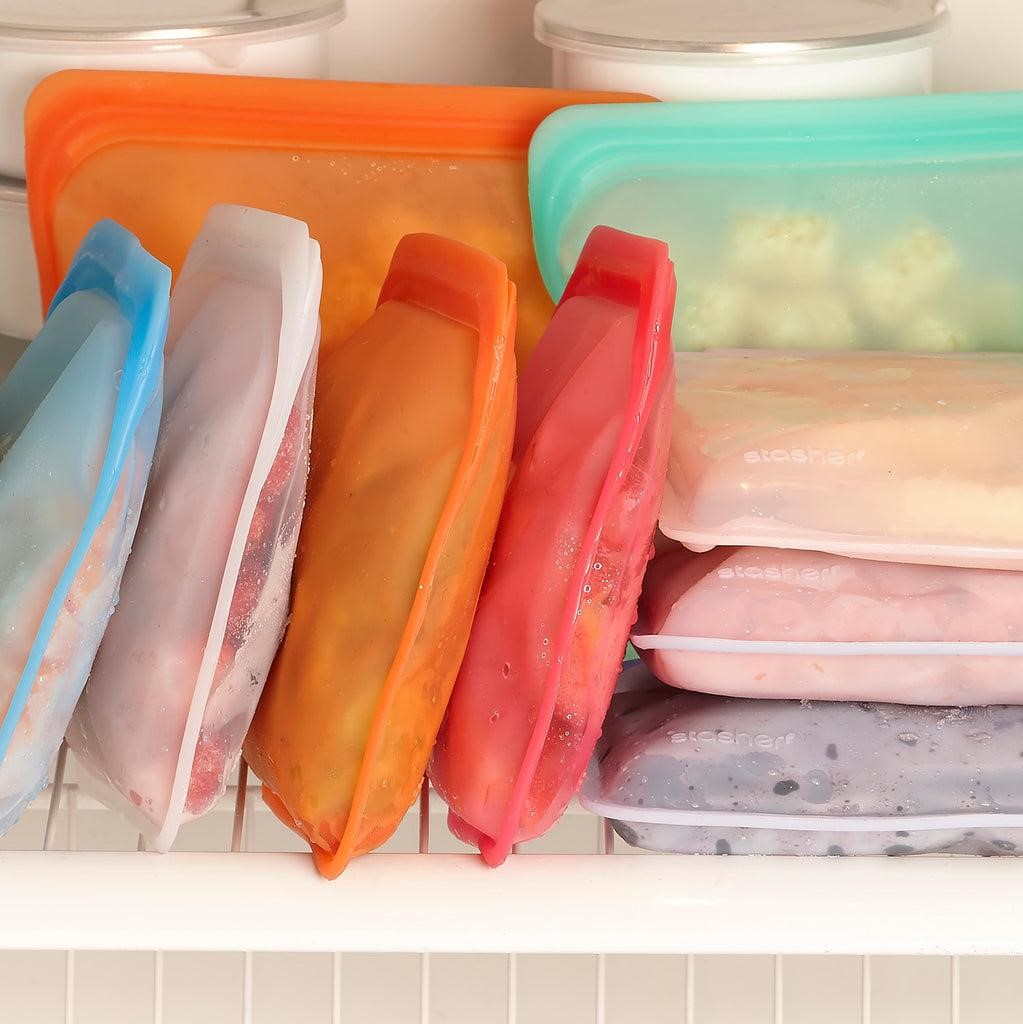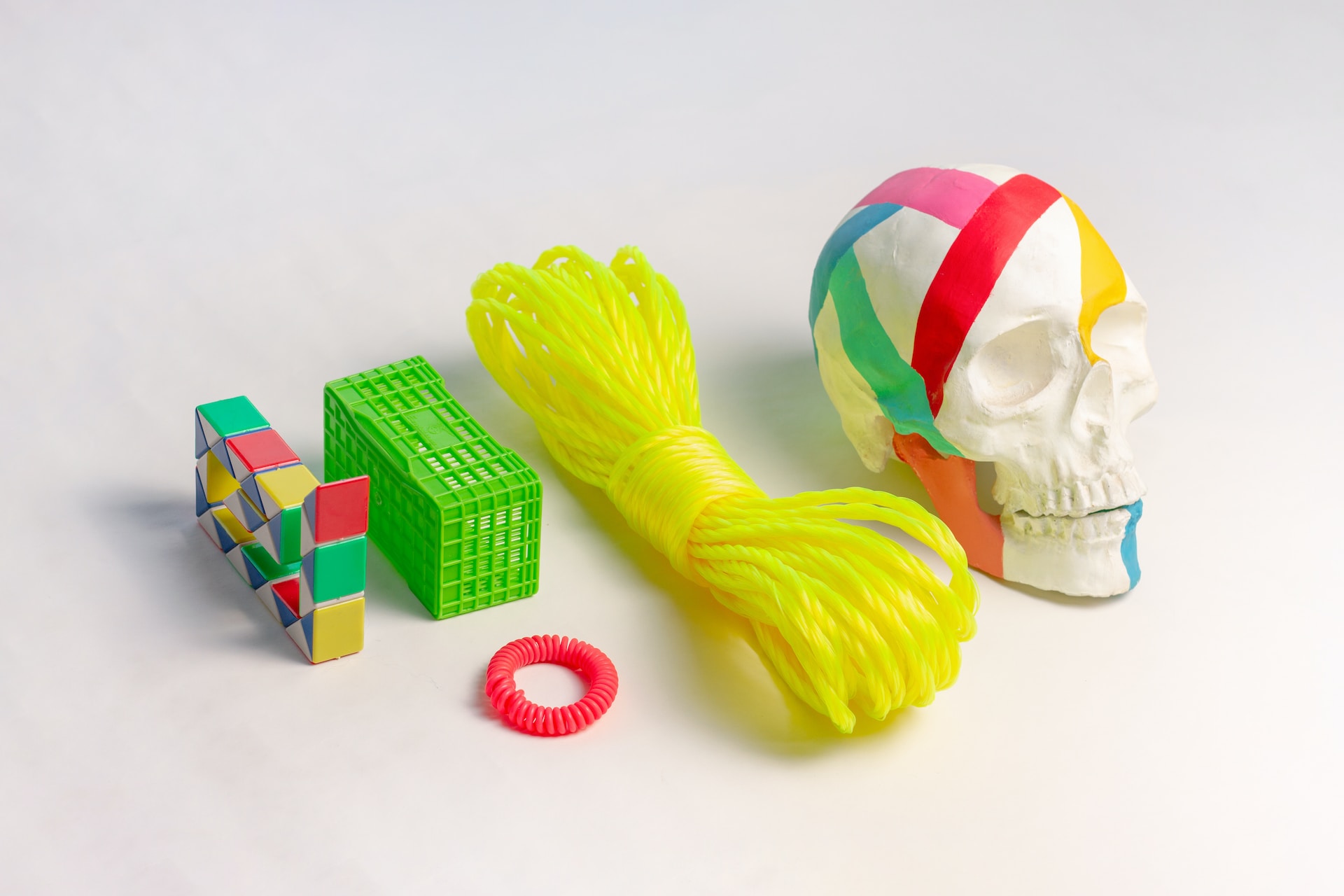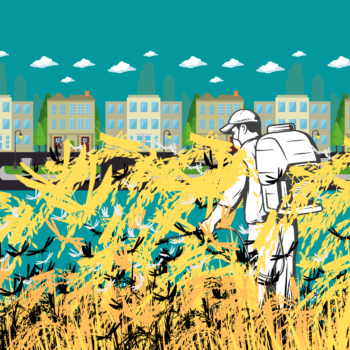|
|
Have you ever found yourself pondering the question, “Is silicone really a type of plastic?” If so, you’re not alone. This is quite a common query that surfaces when discussions revolve around materials used in manufacturing everyday items — from kitchenware to medical devices.
The confusion isn’t without reason, as both materials share a number of characteristics and applications, yet they are fundamentally different.
Silicone and plastic, while sometimes used interchangeably in casual conversations, are composed of distinct substances. Plastic is primarily derived from petroleum, whereas silicone is a synthetic material made up of silicon, oxygen, carbon, and hydrogen. The difference in their primary components contributes to their unique properties and makes them suitable for specific uses.
In this article, we explore their properties and compare their advantages and disadvantages. Whether you’re a product designer looking to make an informed material choice or a curious consumer interested in the products you use daily, this read offers valuable insights.
Key Takeaways
- Silicone is a versatile, synthetic polymer composed of silicon, oxygen, carbon, and hydrogen.
- Despite sharing characteristics with plastic and rubber, silicone has unique properties and applications, excelling in durability, temperature resistance, and low toxicity.
- Silicone’s non-biodegradability poses environmental challenges.
- High-quality, food-grade, or medical-grade silicone is generally safe, but always adhere to the manufacturer’s guidelines and regularly inspect products.
- Silicone’s advantages include high-temperature tolerance, durability, and chemical stability, making it preferable for numerous applications, despite a higher cost.

What Is Silicone?
Silicone is a synthetic material, more precisely a polymer, that has been created by combining silicon with other elements such as oxygen, carbon, and hydrogen. It’s noteworthy that silicon, which makes up 27.7% of the Earth’s crust by mass, is the second most abundant element on our planet, found generously in sand and rock.
Silicone, a human-engineered material, is known for its impressive versatility and resilience. It can perform exceptionally well in a broad spectrum of temperatures, maintaining its structure and properties even under extreme heat or cold. Silicone also boasts remarkable flexibility, water resistance, and low toxicity, making it a preferred choice for many different applications across various industries.
However, despite its widespread usage and advantages, it’s important to note that silicone isn’t biodegradable. Although it lasts considerably longer than plastic and doesn’t break down into harmful microplastics, at the end of its life cycle, it still poses challenges concerning environmentally friendly disposal.
Is Silicone Plastic or Rubber?
Silicone is neither plastic nor rubber, although it shares properties with both.
Like plastic, silicone is versatile and can be used to make a wide range of products. But, unlike most plastics, silicone can withstand very high and low temperatures without losing its properties or degrading, which makes it more similar to rubber in this respect.
Still, silicone is not rubber, either. In comparison to traditional rubber, it is more flexible and less likely to degrade over time. It’s also resistant to UV light, waterproof, and has a low toxicity level. This makes it a popular choice for many applications where flexibility and durability are required, such as kitchen utensils, seals and gaskets, medical devices, and more.
Despite sharing characteristics with both plastic and rubber, silicone is a unique material with its own distinct properties and applications. Its versatility stems from its unique ability to combine the best features of both materials while overcoming some of their limitations.
Advantages of Silicone Over Plastic
Silicone offers several advantages over plastic that make it an attractive material for various applications:
- Temperature resistance. Unlike plastic, silicone can withstand a broad range of temperatures without melting or becoming brittle. This makes it suitable for applications like cookware, bakeware, and other products that need to withstand high or low temperatures.
- Durability. Silicone is more durable than most plastics. It’s resistant to weathering, UV, and ozone exposure, which allows it to maintain its properties and performance over a long period.
- Flexibility. Silicone remains flexible over a wide temperature range, making it ideal for seals, gaskets, and other applications where flexibility is required.
- Chemically inert. Silicone is chemically stable and doesn’t react with most chemicals. This makes it safe for use in food and beverage applications, as well as in medical devices and implants.
- Low toxicity. Unlike some plastics, silicone does not release harmful substances when heated and has a lower toxicity level overall.
- Easy to clean. Silicone is easy to clean due to its non-stick nature. This makes it an ideal material for kitchen utensils and other items that need regular cleaning.
While silicone does offer these advantages over plastic, it’s important to note that it also has its own set of drawbacks, including higher cost and non-biodegradability. However, when considering the balance between performance, safety, and durability, silicone often emerges as a superior choice for many applications.

How Safe Is Silicone?
As outlined above, silicone is a prevalent material in consumer goods, including items we use daily. However, its safety has been a topic of debate among researchers due to the presence of cyclic and linear siloxanes (silicone-based compounds). These compounds can vary in their chemical groups, particle sizes, and molecular weight, affecting the safety of silicone products. They are often found in skincare, hair products, and cosmetics and have raised concerns regarding human health and the environment.
Food-grade silicone goes through a purification stage that removes low molecular weight siloxanes, making it safe for direct food contact. Medical-grade silicone is even purer and is used in applications like surgical implants and bandages.
As for cooking with silicone, there’s been concern about chemical migration from food contact materials. While most studies show that this migration stays below safety limits, some suggest caution when heating above 200°C.
Silicone is generally considered oven-safe within recommended temperatures, but to be on the safe side, alternatives like glass, ceramic and stainless steel may be preferable. Most food-grade silicone items are also dishwasher safe, though handwashing is often recommended.
How to Use Silicone and Stay Safe?
Using silicone safely largely depends on the quality of the silicone product and its intended use. Here are a few tips to ensure you’re using silicone products safely:
- Choose high-quality silicone. Always opt for high-quality, food-grade, or medical-grade silicone products. These are made to higher standards and are typically free from harmful fillers or additives.
- Check temperature guidelines. While silicone is heat-resistant, it’s essential to stick within the manufacturer’s recommended temperature range. Exposing silicone to temperatures beyond these guidelines can cause chemical migration, which could pose potential health risks.
- Clean before first use. Regardless of the type of silicone product you’re using — be it bakeware, utensils, or baby items — it’s advisable to clean them thoroughly before the first use. This helps to remove any residues from the manufacturing process.
- Follow the manufacturer’s instructions. Always follow the care instructions provided by the manufacturer. These may include cleaning recommendations, usage guidelines, and storage advice.
- Regularly inspect silicone products. Over time, silicone can degrade or wear down, especially if frequently used in high-temperature conditions. Regularly inspect your silicone items for signs of wear and tear and replace them as necessary.
Remember, while silicone is generally considered safe for various applications, it’s always prudent to use any material responsibly and be aware of its potential impact on health and the environment.
Can You Recycle Silicone?
While silicone is a durable and long-lasting material, it is not widely accepted in most curbside recycling programs. This is primarily due to the fact that silicone does not decompose or break down easily, which can be problematic for traditional recycling processes.
However, this doesn’t mean that silicone is entirely unrecyclable. Some specialized recycling facilities do accept silicone, where it’s often ground down into an oil for use in industrial applications. Additionally, certain manufacturers offer take-back programs for their silicone products.
Another way to recycle silicone is through repurposing. Given its durability and heat resistance, silicone products can often be used for many years and for multiple purposes.
Despite these options, recycling silicone remains a challenge due to limited infrastructure and awareness. As such, the most sustainable way to manage silicone waste currently may be to purchase it wisely, use it fully, and dispose of it responsibly when its life cycle ends.
Final Thoughts
Silicone stands out as a unique material, distinct from both plastic and rubber, with its own set of advantages and potential drawbacks. Its durability, heat resistance, and versatility make it an attractive choice for a multitude of applications ranging from kitchen utensils to medical devices. However, like any material, its use comes with responsibilities.
While silicone is generally considered safe for many uses, certain precautions should be taken. Opting for high-quality, food-grade, or medical-grade silicone, adhering to temperature guidelines, and undertaking regular inspections of silicone products for signs of wear are all practical safety measures.
The environmental impact of silicone is also a crucial consideration. Although it surpasses plastic in terms of longevity and heat resistance, silicone shares the challenge of disposal at the end of its life cycle.
In the end, it’s about balancing our needs with the long-term health of our planet — a challenge that requires ongoing education, innovation, and responsibility.












